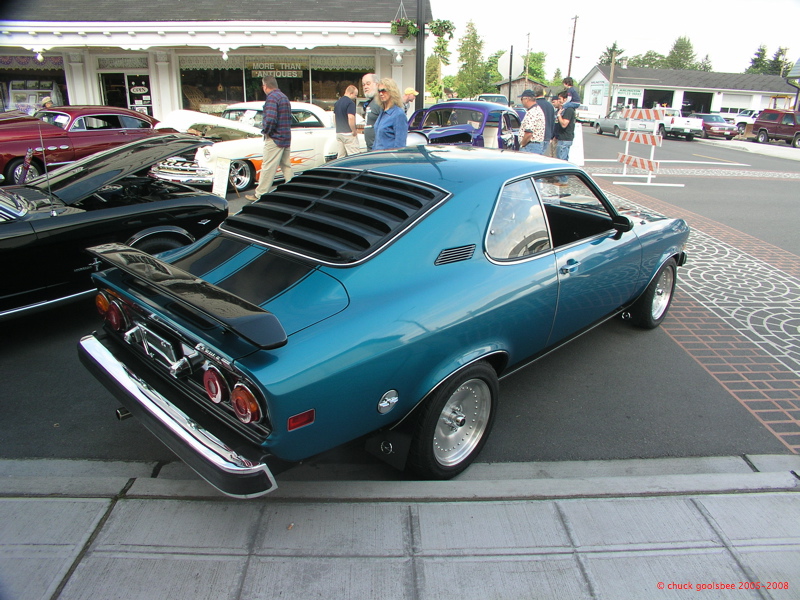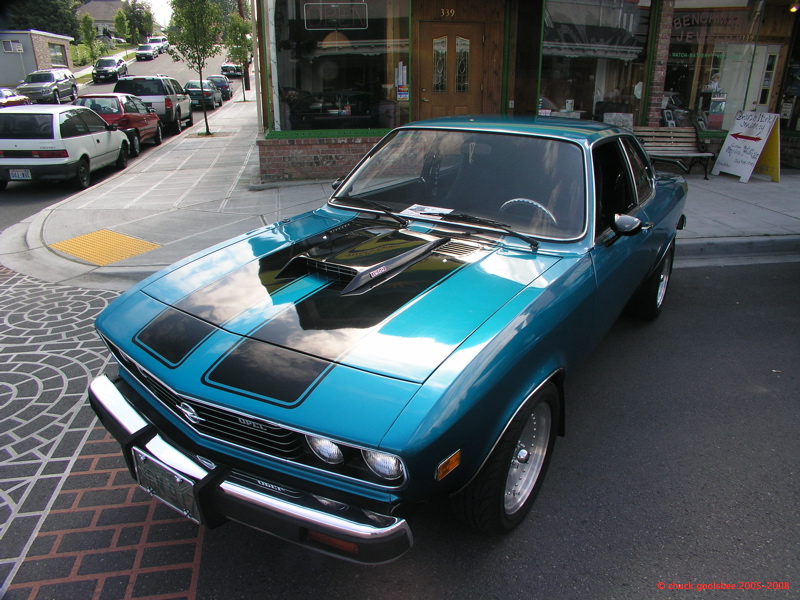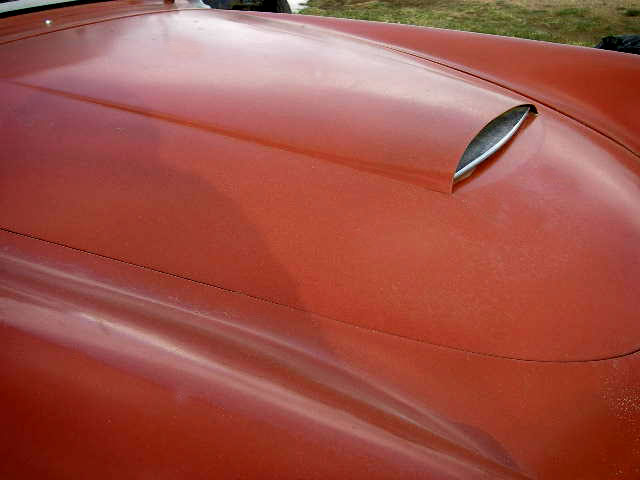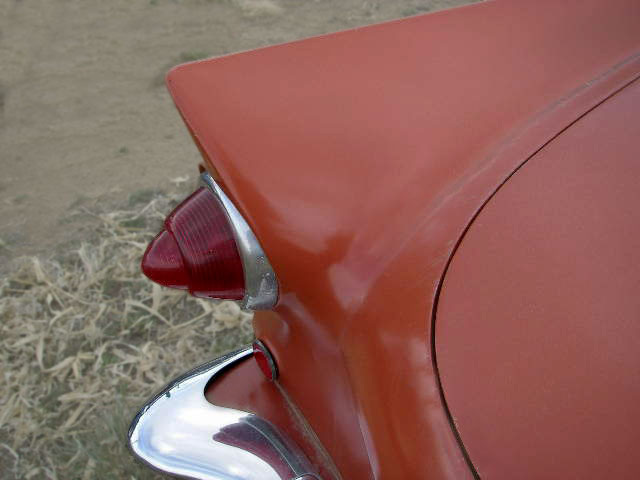
On the Jag-Lover’s lists/forums a discussion arises often about the odd car out of the E-type sphere, namely the 2+2. Introduced in 1966, it offered a back seat to a previously 2-seat-only car. The wheelbase was lengthened and the coupe’s top was sort of bowed upward and extended rearward. This enabled the option of an automatic transmission in the long wheelbase cars. Initially everything else remained the same; bumpers, windscreen, etc. A bit over a year later, Jaguar changed the windshield with a more raked back angle, and eventually with the Series 3 V-12 cars made it wider as well. The convertible V-12s were all based on this longer wheelbase, and wider 2+2 basic design. The 2+2 was actually a huge sales success for Jaguar and sold in better numbers in its day, but today is considered by the market to be of lesser value than the OTS & FHC. Given this position in the market the 2+2 has become sort of the canvas by which people play “what if”… many have been converted to convertibles for example. The other variation often thought of is a “chopped” roof. Many believe the bulbous roofline combined with the steep Series 1 windscreen makes for a funny beluga whale profile and wonder if Jaguar would have been better off with a lower roofline.
I grabbed a photo of an early (1966) 2+2 and ran it through Photoshop, bending and warping pixels in two ways to create a “what if” study for a few guys in the Jag-Lovers “pub” who wanted to see what it might look like. The low angle of the photo makes for subtlety that is hard to grasp, but it is a start. I may try it again with a different photo, but lets have a look…
First I just lowered the roof across the board:

Assuming that task might be too hard to actually achieve in sheet metal, I tried a sort of cut-n-shut method where the front was lowered more than the back, with a “pivot point” fairly low on the back deck to accommodate the glass and hatch:
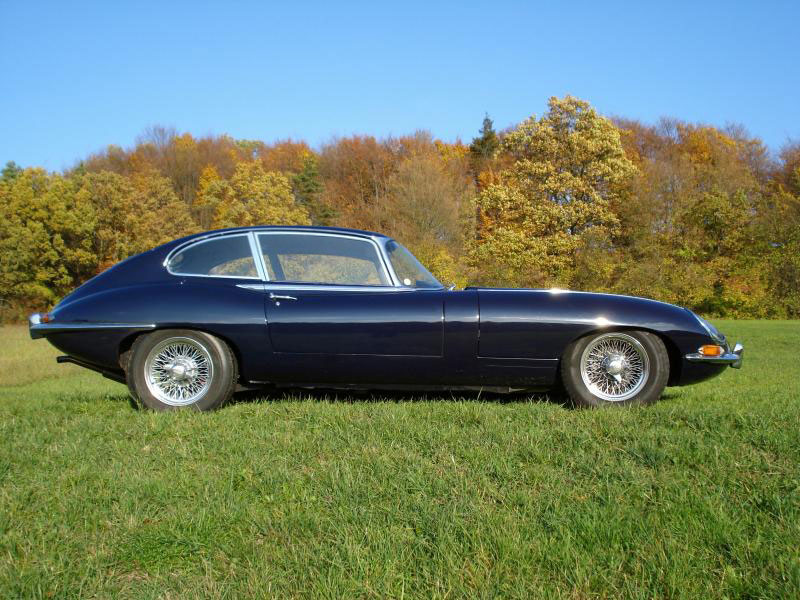
Whaddya think guys?
(Honestly as I have no skin in this game beyond the pixels above I have no opinion either way.)
Two more!
For this one, I basically flattened the back-seat’s “hump” in the roof, trying to replicate the lines of the FHC:

The guys on the J-L pub have been comparing the process to chopping a Mercury, so I had to go that way… really LOW:

…and it sort of looks like a Ferrari Daytona to me!





